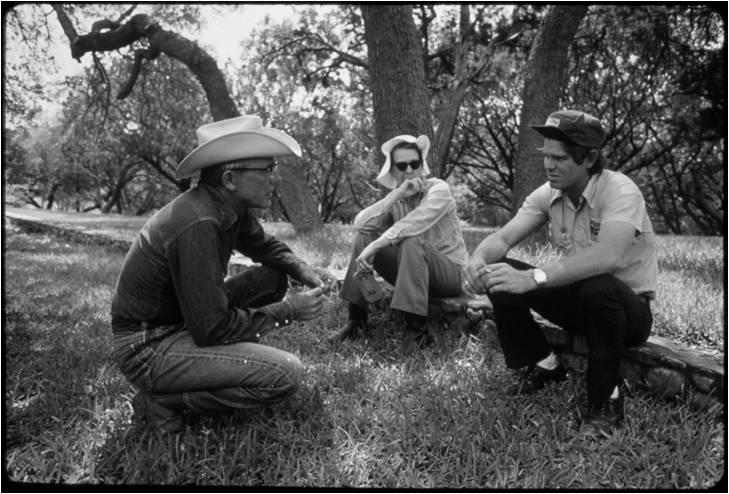 by John Fellows
by John Fellows
I recently wrote about the use of social media by local authorities, which painted at best a patchy picture of how councils in Scotland are utilising social media tools in their communications work.
The truth is, however, that there is some excellent practice out there for organisations to examine and adopt, but for this to happen, some things need to change.
So here are my top tips for public bodies to begin to improve the impact of their social media work.
- Just do it. I know your senior management team is concerned, and your teams are petrified at the prospect of writing for public consumption without 20 people having sign-off of the press release. But you should start to incorporate social media in your work now. You’ll make mistakes, and not everything will be perfect, but without trying it out you’ll never work out how this will work for you.
- Trust your staff. Your staff talk directly with the public and your stakeholders every day already, on the phone, in person and by letter. Trust them to do sensibly through social media.
- Open social media up to all staff. My recent research showed that only a very small proportion of council staff- typically only the communications team – have access to social media at work. Only by opening up access to all staff with public facing responsibilities to develop local plans for incorporating the use of social media in their work can councils become truly innovative in their use of new technologies. Everyone understands the potential for over enthusiastic Facebook use to impinge on personal productivity, by why not use existing IT monitoring solutions and HR policies to police this, rather than a blanket social media ban?
The reach of traditional media is fading, and the cost of distributing hard copies of publications by direct mail is increasing. Social media isn’t yet a perfect medium, but a significant and growing number of the public are using it to communicate. Public bodies who fail to keep up will be left behind.
John Fellows is a senior communications professional for a large NDPB.